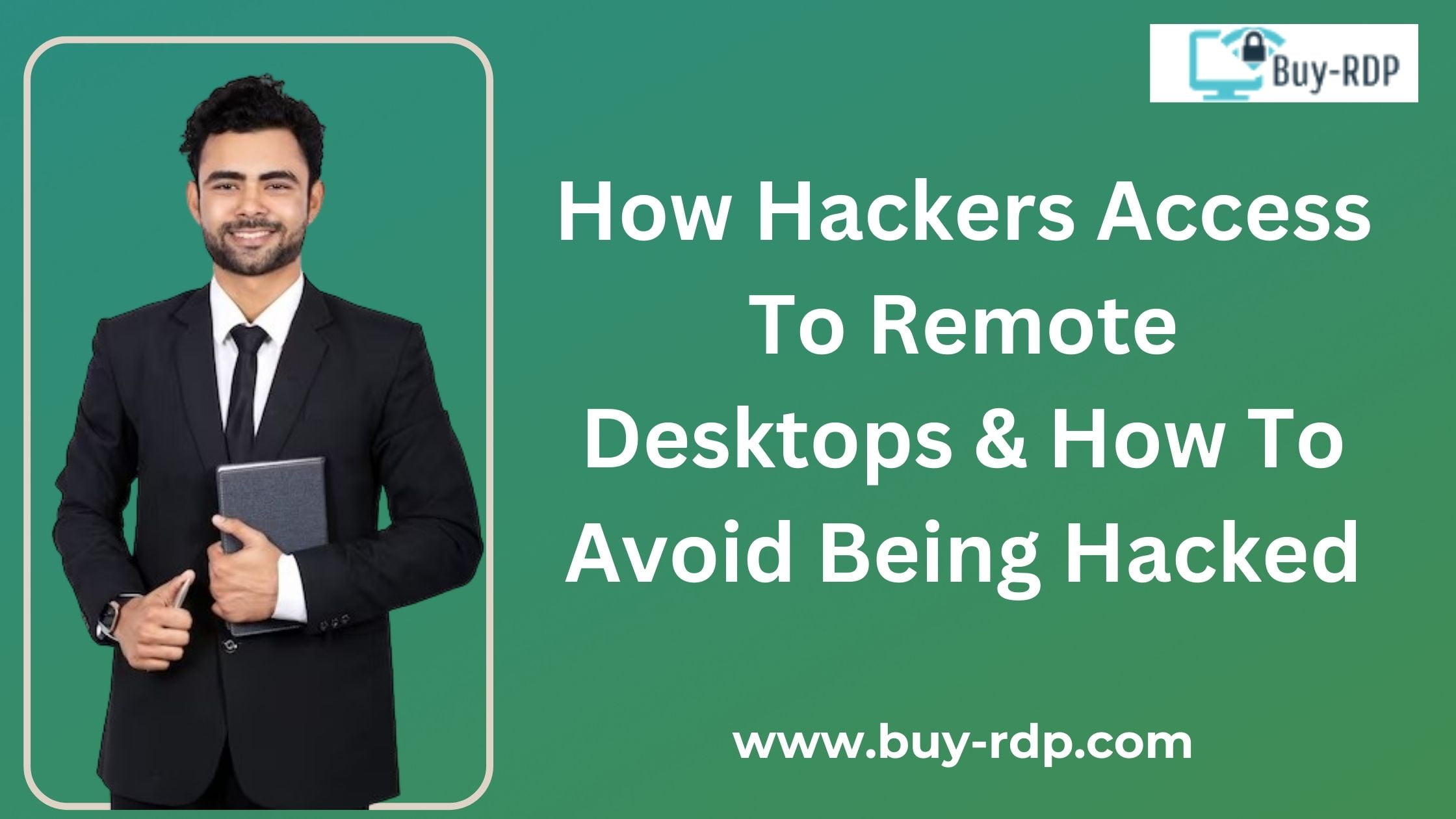 September 23, 2021
September 23, 2021
How Hackers Access To Remote Desktops & How To Avoid Being Hacked
Summary

Article Name
How Hackers Access To Remote Desktops & How To Avoid Being Hacked
Description
Hackers use these systems to steal sensitive information and start ransom demands. Understanding the risks and implementing robust security measures is important for businesses to protect their networks and systems.
Author
Akash
Publisher Name
Buy-RDP
Publisher Logo




Leave a comment